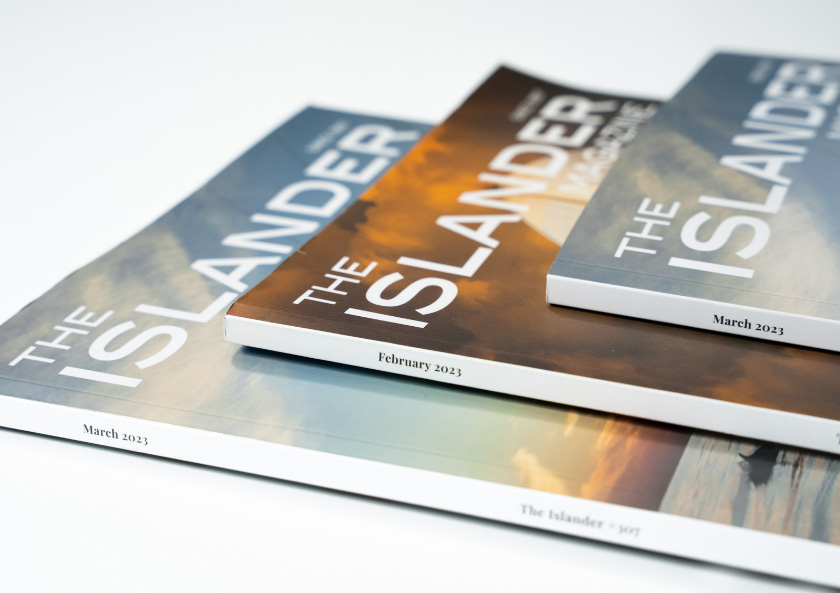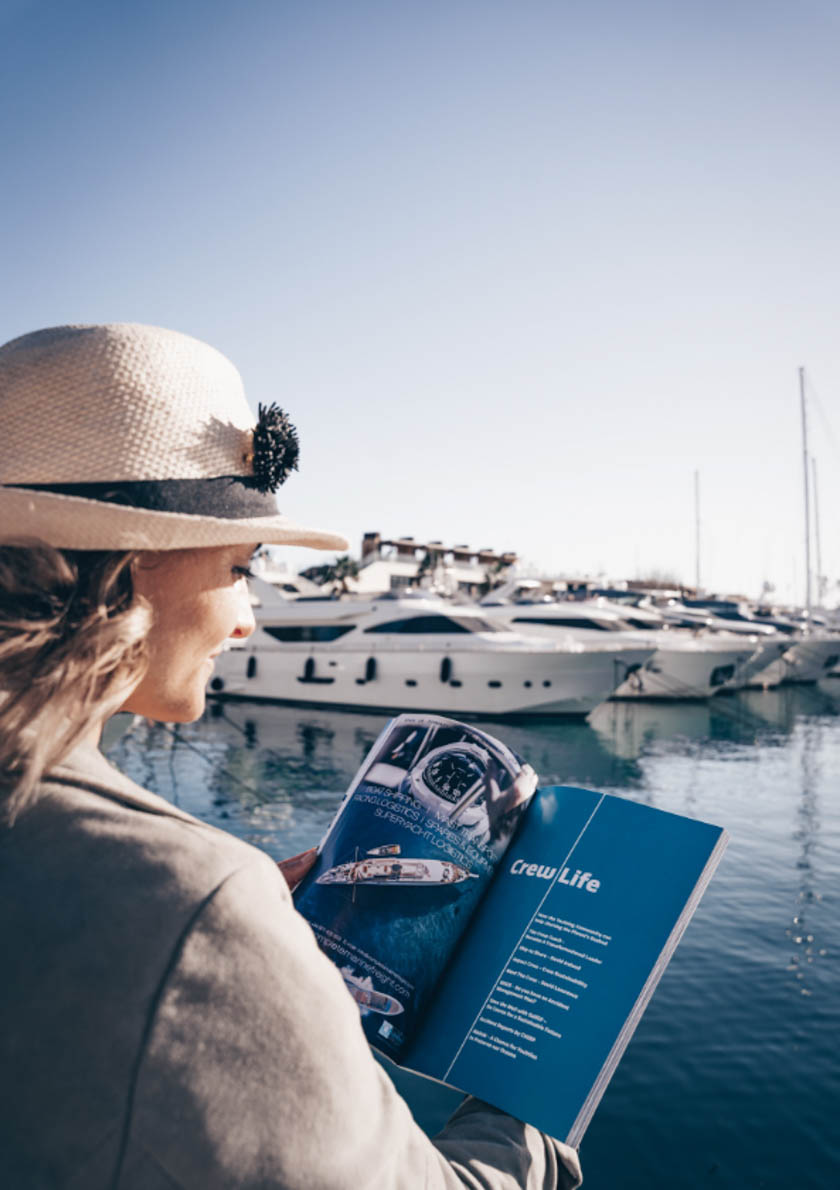Decision-making is a critical skill for senior yacht crew members. In high-stakes yachting environments, each decision impacts not only the safety of the yacht but also the satisfaction of the guests and the efficiency of the crew. For captains, first officers, chief engineers, and senior crew, effective decision-making involves analysing complex variables, managing risk, and leading under pressure. We’ve all been there – overwhelmed and not sure where to start! Here are five essential tips to enhance decision-making for senior yacht crew:
- Prioritize safety in every decision
Safety first! It is the foundation of yacht management and is paramount in every decision-making scenario. For senior crew members, this means assessing both the immediate and long-term risks associated with every action, from route planning to emergency responses. When prioritising safety, consider the potential consequences for the crew, guests, vessel, and the surrounding environment.
A critical element in prioritizing safety is fostering a culture where crew members feel empowered to report safety concerns or suggest alternative actions if something feels off. As a senior crew member, model an open, transparent communication style and encourage all crew to share any safety-related observations. Of course we know regulations get updated constantly and its imperative to be in the know. That coupled with regular drills makes things second nature when crunch time comes.
- Being open and adaptable to change
Darwin said: “It is not the strongest species that survive, nor the most intelligent, but the ones most responsive to change.” Although its not as extreme in yachting, it can be what separates those who thrive from the rest.
Yachting is so unpredictable, and even the best-prepared crew will encounter situations that challenge their patience, resilience, and quick thinking. Senior yacht crew members need to adapt quickly, making decisions that align with the crew’s capabilities and the yacht’s limitations.
Flexibility is also key to maintaining control in high-pressure situations. Think proactively by running through “what-if” scenarios during calm conditions, and have contingency plans in place for the most common challenges. That way, when you need it most – the ideas are already there and can be put into motion!
Its important to remain calm when facing challenges and changes. A calm demeanour can also inspire confidence in other crew members and keep anxiety among guests at a minimum.
Practice techniques to manage stress and stay composed, whether through deep breathing exercises or mental “checklists” that help prioritize actions during high-stress moments. Wooosaaaaaahhh!
- Balance confidence with collaboration
While senior crew members are expected to lead, this can be a lot of weight on one’s shoulders but effective decision-making can also be a team effort. Even the most experienced captains and officers can benefit from the input of other skilled crew members. One of the best ways to make well-rounded decisions is to foster collaboration and trust within the crew. This involves seeking input from crew members when appropriate, especially those with specific expertise.
Maintaining open lines of communication encourages the team to share ideas and voice concerns. In situations where quick decisions are necessary, actively engaging key crew members can strengthen trust, improve morale, and result in a more cohesive team. Additionally, sharing the rationale behind decisions, when time allows, ensures that everyone understands and supports the action plan. This approach minimizes misunderstandings and promotes a unified response.
- Document decisions and learn from experience
After making a significant decision, take time to document what happened and evaluate the outcome. Reflecting on decisions, especially those made under pressure, is invaluable for building a stronger foundation of experience and improving future decision-making skills. Record the situation, the options you considered, the decision you ultimately made, and the results.
Analyzing your choices afterward can provide critical insights into what worked well and what could be improved. This reflective process is especially helpful for building a knowledge base that younger or less experienced crew members can learn from, creating a culture of continuous learning on board.
























0 Comments